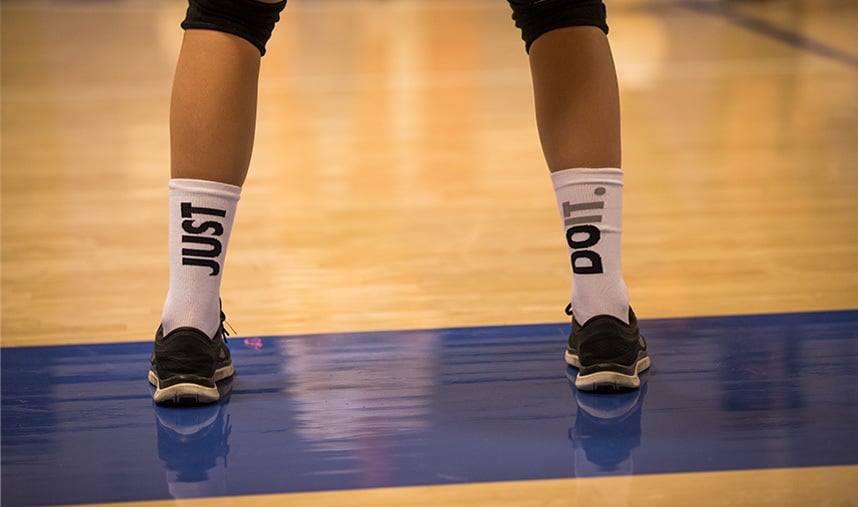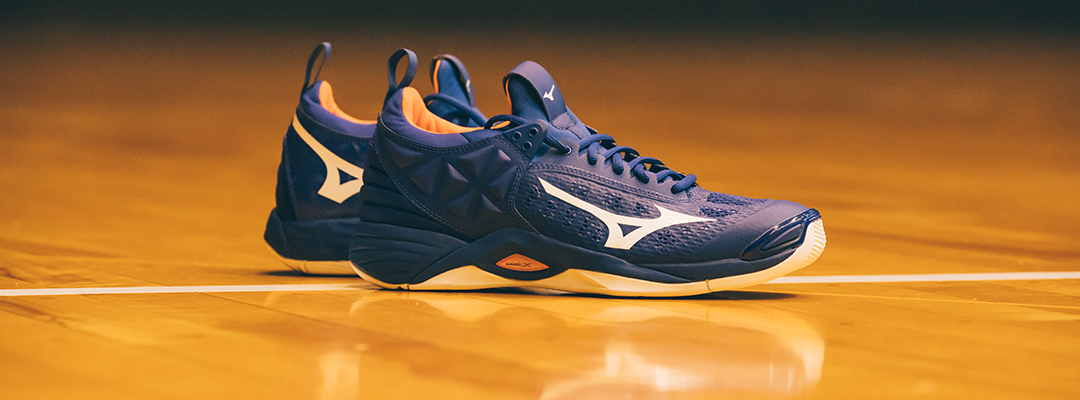Understanding Volleyball Footwear
When it comes to playing volleyball, having the right footwear is crucial. Volleyball shoes are designed to provide support, cushioning, and traction during the fast-paced movements of the game. Players need shoes that not only fit well but also enhance their performance on the court. In this article, we will explore the different types of shoes that volleyball players wear, the key features to look for, and some top brands available in the U.S. market.
Why Are Specialized Volleyball Shoes Important?
Specialized volleyball shoes are engineered specifically for the sport’s unique demands. Unlike running shoes or basketball shoes, volleyball shoes focus on lateral movements, jump support, and quick pivots. This section will break down the advantages of using volleyball shoes over other types of footwear.
Key Features of Volleyball Shoes
- Cushioning: Adequate cushioning is essential to absorb impact when jumping and landing.
- Traction: The outsoles are designed with rubber compounds that provide grip on indoor courts.
- Support: Ankle support is critical for preventing injuries during quick lateral movements.
- Lightweight: Lightweight materials allow for quicker movements without sacrificing support.
- Breathability: Good ventilation helps keep feet cool and dry during intense matches.
Top Volleyball Shoe Brands to Consider
Numerous brands produce high-quality volleyball shoes, each with unique features and technologies. Here’s a comparative analysis of some top brands popular among volleyball players in the U.S.
Table: Comparison of Major Volleyball Shoe Brands
| Brand | Top Models | Price Range | Target Player Type |
|---|---|---|---|
| Mizuno | Wave Lightning, Wave Tornado | $90 – $200 | All levels |
| ASICS | Gel-Rocket, Netburner | $70 – $160 | Beginner to advanced |
| Nike | Air Zoom Hyperace, React Hyperset | $100 – $180 | Intermediate to advanced |
| Adidas | Crazyflight, Adizero | $80 – $160 | All levels |
| Under Armour | UA HOVR, UA Charged | $90 – $150 | Beginner to intermediate |
What to Look for When Choosing Volleyball Shoes
Selecting the right pair of volleyball shoes can be overwhelming given the options available. Here are important factors to consider:

Fit and Comfort
Always try on shoes at the end of the day when your feet are slightly swollen to ensure an accurate fit. A snug fit is crucial, as it prevents foot movement inside the shoe, reducing the risk of blisters and other discomfort.
Type of Court Surface
Indoor and outdoor volleyball shoes differ significantly. Indoor shoes typically have a gum rubber sole for grip on wood or synthetic floors, while outdoor shoes have a more rugged outsole for durability on various surfaces.

Weight of the Shoe
Lightweight shoes can enhance your speed on the court, but ensure they do not compromise on support and cushioning. Look for a balance between weight and protective features.
Ankle Support
Consider whether you need high-top or low-top shoes. High-tops offer more ankle support, which is beneficial for players prone to injuries.

Personal Preferences
Your style and comfort preferences can influence your choice. Some players prefer shoes with a wider toe box, while others might favor a more narrow fit.
Top Volleyball Shoes Reviewed
To help you make an informed decision, we will review some of the top-performing volleyball shoes currently available on the market.

Mizuno Wave Lightning Z4
The Mizuno Wave Lightning Z4 is often hailed as one of the best volleyball shoes. With its lightweight construction and unique Wave technology, it provides excellent cushioning and support.
- Pros: Lightweight, excellent grip, great cushioning.
- Cons: Tends to run small; sizing up may be necessary.
Rating: 4.8/5
ASICS Gel-Rocket 9
The ASICS Gel-Rocket 9 is a budget-friendly option that doesn’t skimp on quality. It features a supportive design that many players love.
- Pros: Affordable, good cushioning, versatile for other sports.
- Cons: Durability may be an issue for advanced players.
Rating: 4.5/5

Nike Air Zoom Hyperace 2
This shoe boasts a stylish design coupled with innovative technology that enhances performance. The Air Zoom technology offers superb cushioning.
- Pros: Stylish, great cushioning, responsive traction.
- Cons: Higher price point.
Rating: 4.7/5
Adidas Crazyflight X
Adidas Crazyflight X combines lightweight materials with high-performance features, making it a top choice for many players.
- Pros: Comfortable, durable, excellent grip.
- Cons: Slightly heavier than competitors.
Rating: 4.6/5

Case Studies: Real-World Experiences
Understanding how shoes perform in real-world scenarios can help inform your choices. Let’s take a look at a few case studies of professional and amateur volleyball players.
Case Study 1: College Volleyball Player
Emily, a college volleyball player, struggled with ankle support until she switched to Mizuno Wave Tornado. The enhanced stability allowed her to focus on her game rather than worry about injuries.

Case Study 2: Recreational Player
Jordan, who plays recreational volleyball, switched from running shoes to ASICS Gel-Rocket. He noted an immediate improvement in grip and comfort during play, significantly enhancing his performance.
Tips for Maintaining Your Volleyball Shoes
To maximize the lifespan and performance of your volleyball shoes, consider the following maintenance tips:
- Keep them clean and dry after each use.
- Store them in a cool, dry place away from direct sunlight.
- Rotate between pairs if you play frequently.
- Check for wear and tear, replacing them when necessary.
Frequently Asked Questions (FAQs)
1. Do volleyball shoes make a difference in performance?
Yes, specialized volleyball shoes are designed to enhance performance by offering better traction, support, and cushioning suited for the unique movements of the sport.
2. Can I use running shoes for volleyball?
While running shoes provide cushioning, they lack the lateral support and traction needed for volleyball, making them less suitable for the sport.
3. What are the best volleyball shoes for beginners?
Models such as ASICS Gel-Rocket and Mizuno Wave Bolt are excellent choices for beginners due to their affordability and solid features.
4. How often should I replace my volleyball shoes?
Typically, indoor volleyball shoes should be replaced every 6-12 months, depending on usage and wear. It’s essential to monitor their condition regularly.
5. Are there specific volleyball shoes for outdoor play?
Yes, outdoor volleyball shoes feature more durable outsoles designed to withstand various surfaces, unlike indoor shoes which focus on grip for smooth surfaces.
6. How should volleyball shoes fit?
Volleyball shoes should fit snugly without being uncomfortable. There should be about a thumb’s width of space between your longest toe and the end of the shoe.
7. Are high-top volleyball shoes better than low-top?
High-top shoes offer more ankle support, which can benefit players prone to injuries, while low-tops are lighter and allow for greater mobility.